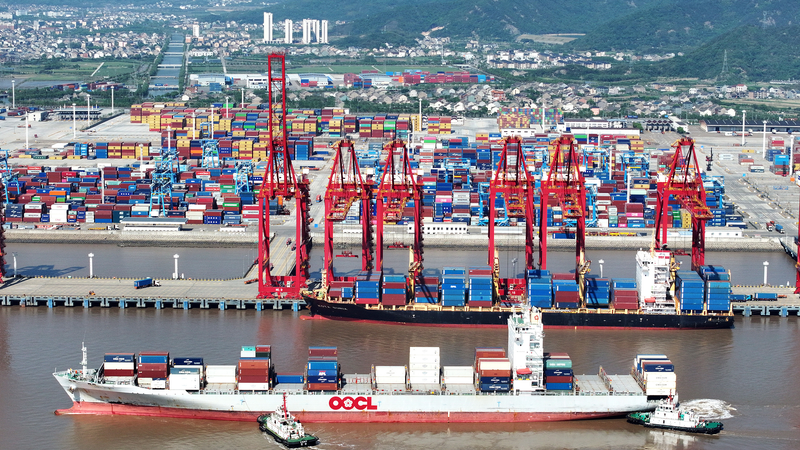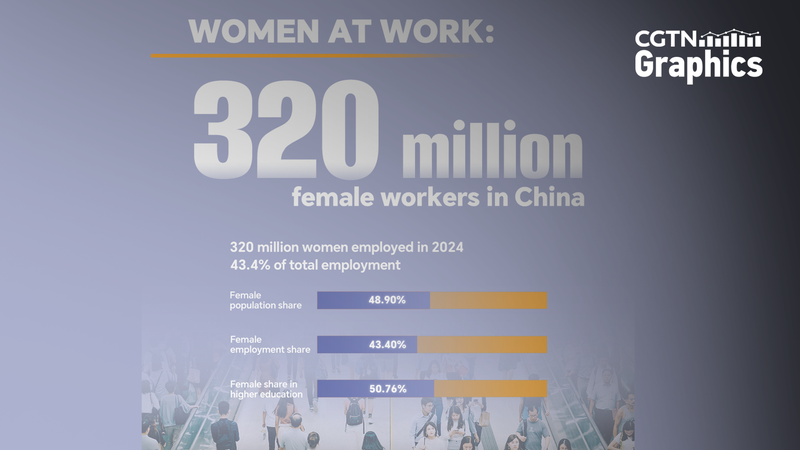In the heart of the Chinese mainland’s east coast, Zhejiang Province is charting a new model of high-quality development. Guided by the Double-Eight Strategy, this dynamic region has leapt ahead in economic structure, ecological protection and social well-being.
Double-Eight Strategy: A Blueprint for Growth
Back in 2003, Xi Jinping, then secretary of the Communist Party of China Zhejiang Provincial Committee, laid out eight core strengths—economic structure, geological position, industries, coordinated urban-rural development, ecology, mountain and ocean resources, environment and culture—and mapped eight development areas to leverage them. This tailor-made roadmap set the stage for breakthroughs in coordinated social progress and common prosperity.
Green Vision Takes Root
Also in 2003, Xi introduced the idea that lucid waters and lush mountains are invaluable assets during a visit to Yucun Village in Anji County. Villagers had shut down limestone mines and cement factories to protect their environment—an early signal that eco-friendly growth would be central to Zhejiang’s rise. Today, collaborative innovation zones slash carbon emissions, and the province was named the first ecological province of the Chinese mainland in 2019.
Recognition followed: in 2023, Zhejiang hosted the inaugural National Ecology Day, and its programs for marine plastic waste treatment and rural revival earned UN Champions of the Earth awards. The Blue Circle initiative tackling ocean pollution and the Green Rural Revival Program showcase how Zhejiang is turning ecological gains into economic momentum.
Rural Renewal and Rising Incomes
Since launching the Green Rural Revival Program in June 2003, Zhejiang has upgraded about 10,000 villages—creating 2,170 featured villages and over 3 million beautiful rural courtyards. By 2022, more than 90 percent of villages completed the Beautiful Village in the New Era program, alongside 70 demonstration counties, 724 demonstration towns and 743 scenic routes.
Data speaks volumes: in 2024, rural per capita disposable income reached 42,786 yuan (around $5,943), ranking first among all provinces and regions for four decades. Efforts to narrow gaps between urban and rural areas and lift residents toward common prosperity continue to define Zhejiang’s story.
Zhejiang’s journey—from strategic planning to green innovation and rural transformation—offers a fresh perspective on sustainable modernization. As the province pioneers new paths, its experience may inspire regions worldwide seeking balanced, high-quality growth.
Reference(s):
How China's Zhejiang makes solid strides in high-quality development
cgtn.com


